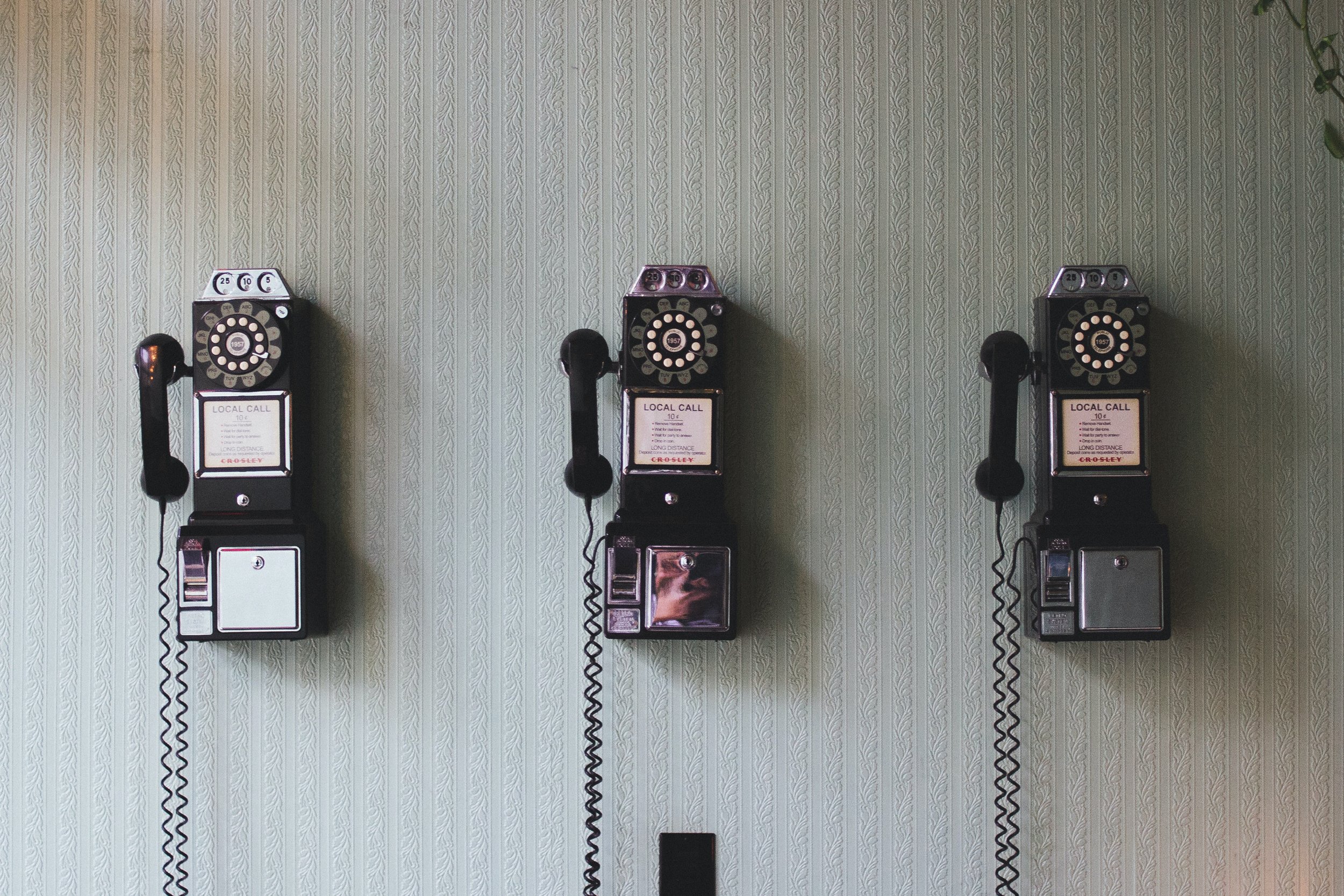What to do when you’re left behind after restructuring
Every day we are hearing of more layoffs happening at organizations. Although it can be somewhat expected due to economic factors, you never think it’s going to happen to you, and before you know it, you’re the one walking out the door with a sad cardboard box! More often these days, you’re receiving this news over a video call and cut adrift from your virtual colleagues and workplace.
The top three causes of change resistance that nobody wants to talk about
I’m sure you’ve been a part of a “burning platform” style change initiative, (I have!) and I can remember looking at one of my colleagues in the middle of the big presentation with a look on my face that said: “really?”.
If I didn’t buy into a burning platform, why would I expect anyone else to?
If change is all about people, why are we missing the obvious?
When confronted with a big organizational change, the hard part isn’t changing the processes, or the structure, it’s all about people. And while the most popular change methodologies do focus on people, they’re not focusing on the right things.
To understand change, we also need to understand human nature.
What the two most popular change methods are missing
If you’re anything like me, one of the first things that you did as a change leader or change manager was find out what is the best way to implement change. My journey with change started with my first course in Organizational Design in business school, and after that, I was hooked! Now I had an understanding of why I was so interested and motivated by this field of change. I bet you’ve been on this quest too! You’ve probably read, researched, taken a few courses and maybe even completed a Change Management certification.
Why big bang change is set up to fail
When you think about change, do you think about how big it is or how small? Many of us make the mistake of thinking of change as bigger than it is, and truly, when we are talking about transformation, we’re talking about looking at where we are today, and having a vision that we will end up somewhere completely different. That’s huge!
But the truth is that transformation doesn’t happen all at once; it happens in increments.
3 change communication myths and how to bust them
I was recently having a conversation about a new client in an industry that I’ve never worked in before! The person I was speaking with is a seasoned exec in this industry and was curious and defensive about my ability to make change without content experience. To make my point, I started talking about the change the client wanted to make, and importantly, how they were going about it. Which is where we got into a discussion about some of my favorite change communication myths!
Why Some Organizations Excel at Change Where Others Fail
Over the course of my career in change, I’ve noticed that some organizations just handle change better than others. You might say that this could be because they have great change leaders, or they managed the change better. Its something that I’ve encountered many times in different organizations and its gotten me thinking about how culture and change interact.
Why Looking Back is an Important Part of Moving Forward in Change
As we wind down the old year and prepare for the new, we are confronted with lots of messaging and thinking about change. How we might be personally pursuing change in 2023: “new year, new you”!
Impermanence, Change, And The Value Of Time
It recently snowed for the first time in my part of the world. I’m lucky enough to live in Toronto, and like the Northeast US, we get to experience all four seasons to their fullest. It isn’t unreasonable to expect 100 F/37 C day at the height of summer, just like it is realistic to expect a few days of -10 F/-23 C in the depths of winter. What is difficult to understand when you’re in one of those extremes, is that in 6 months, you can find yourself experiencing the other.
Nothing is permanent.
The One Question You Need To Be Asking About Change
This month we’ve been focusing on stakeholders and understanding change impact. This idea is central to the Connected Change ™ approach, in that, if we aren’t thinking about what our stakeholders are feeling and experiencing, and seeking to connect with them through change, we’re missing the point entirely.
Change & Stakeholders: we’re (not) all in this together
Different groups of people experience change differently, so being “in it together” can feel live a minor inconvenience to some, or a major upheaval to others, even though, everyone is technically part of the same change.




















